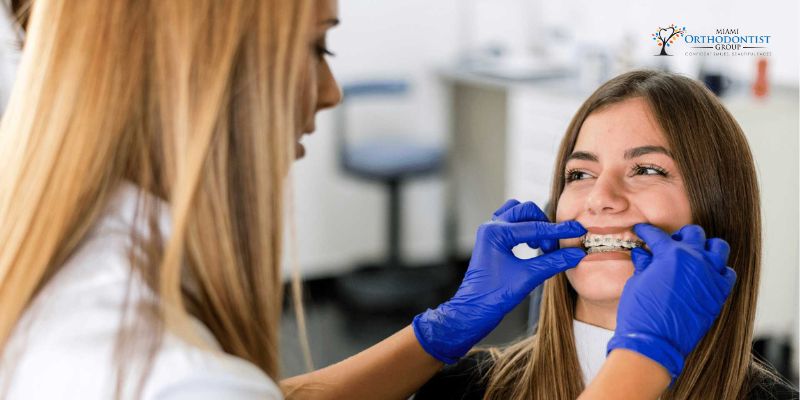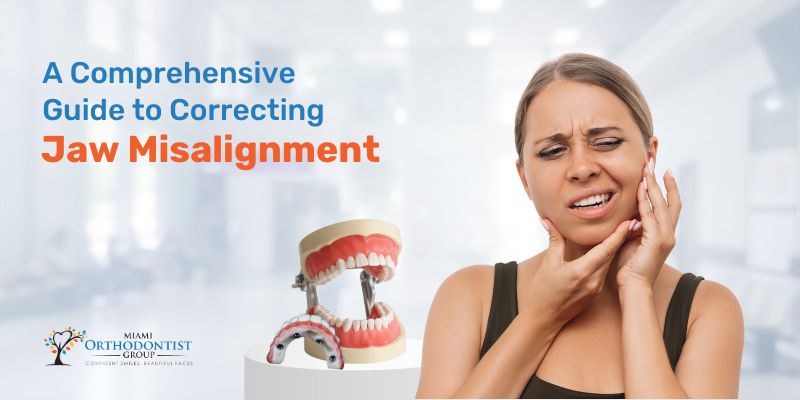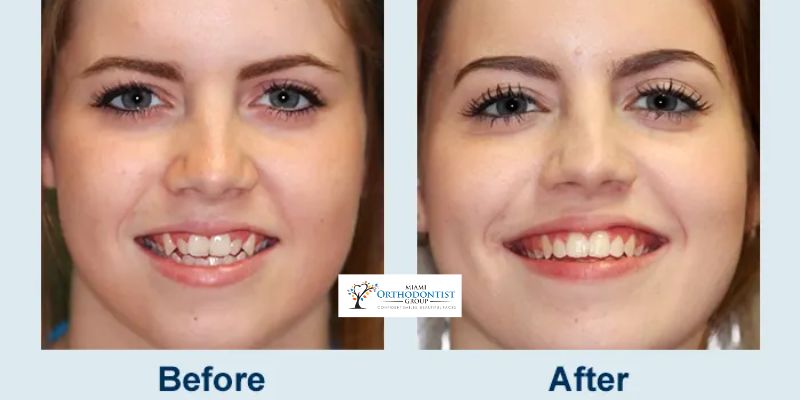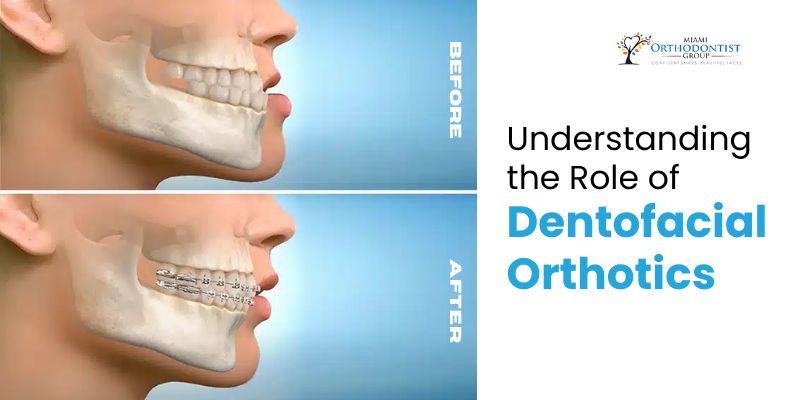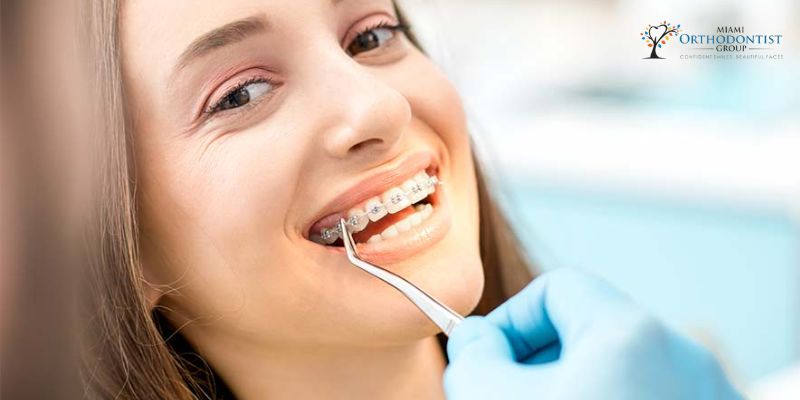Invisalign treatment is a revolutionary approach to straightening teeth without the inconvenience of metal brackets and wires. Thanks to clear aligners for teeth, you can enjoy a more discreet and comfortable orthodontic experience.
When we consider dental health, the focus often lands on the appearance of our teeth—how straight or white they are and how our smile looks. However, one crucial aspect that frequently goes unnoticed is bite alignment.
Invisalign and traditional braces are effective orthodontic treatments for straightening teeth and achieving a beautiful smile. However, each has its advantages and disadvantages. Understanding these can help you make an informed decision about which option is best for you.
Dentofacial Orthodontics, Braces, Invisalign Aligners, Orthodontic Care.
Orthognathic Surgery, Jaw Misalignment, Jaw Pain, Orthodontic Treatment.
Dentofacial orthodontics stands out as a specialized area focused on correcting misalignments within the teeth and the overall structure of the face.
Dentofacial orthodontics, commonly known as dentofacial ortho, is crucial in correcting dental and facial misalignments.
Orthodontic treatment plays a crucial role in enhancing the oral cavity's aesthetic appeal and functionality.
Maintaining optimal oral health goes beyond regular brushing and flossing. Dental appliances play a crucial role in supporting and enhancing oral hygiene, contributing significantly to the overall well-being of an individual. These specialized devices are designed to address various dental issues, from alignment problems to teeth grinding, and they offer a range of benefits beyond …
Continue reading "The Importance of Dental Appliances for Oral Health Maintenance"
In the quest for a straight and healthy smile, many individuals are turning to Invisalign as a modern and effective alternative to traditional braces. This revolutionary orthodontic treatment offers a range of benefits beyond cosmetic improvements, contributing to oral health and overall confidence. The Benefits of Invisalign Treatment 1. Invisible and Comfortable Alignment One of …
Continue reading "The Benefits of Invisalign Treatment for a Healthy and Confident Smile"





